Functional fitness rigs have become a cornerstone of modern gyms, offering versatility, space efficiency, and modularity for a variety of workouts. Whether you're setting up a home gym or outfitting a commercial training facility, rigs provide scalable, multi-functional training stations.
This guide covers everything you need to know about gym rigs, including:
➔ Wall-mounted vs. free-standing configurations
➔ Must-have attachments to supercharge your workouts
➔ Cost-effectiveness and modular expansion
➔ Custom storage solutions to declutter your space
1. Wall-mounted vs. free-standing rigs: Finding your perfect match
Wall-mounted rigs: The space-efficient option
Wall-mounted rigs are ideal for space-conscious gyms or home setups. These rigs attach to walls, providing stability while minimising the footprint. Just two uprights and three 1.1m crossbeams form a stable squat rack, with integrated suspension training and pull-up functionality.
Wall-mounted rigs can be scaled according to your space by adding additional squat stations separated by 1.8m crossbeams.
Free-standing rigs: For more flexibility & versatility
In contrast, free-standing rigs offer greater flexibility and are typically used in larger commercial settings. They can accommodate multiple users simultaneously and allow for attachments on all sides, making them suitable for a broader range of workouts.
These rigs do not require wall anchoring, which can be a critical consideration for some gym owners.
2. Essential rig attachments for enhanced functionality
Rig attachments can transform your rig from great to extraordinary, extending its versatility. Some popular add-ons include:
- Dipping stations: To target triceps and chest muscles [View here]
- Landmine sleeves: Enabling rotational and pressing movements [View here]
- Battle rope anchors: For cardio and conditioning exercises
- Wall ball targets: Adding a functional training dimension
- Nordic curl attachments: To help targeted hamstring training
- Bulldog pads: To support bent over row exercises
These accessories transform a rig into a multi-use training hub, making it suitable for strength training, calisthenics, and functional workouts. If you need to keep your attachments organised, why not invest in a wall-mounted, rig attachment storage unit.
3. Are rigs cost-effective? Breaking down the investment
While rigs may seem like a big upfront investment, they offer long-term value that far outweighs the cost.
- Durability: High-quality rigs are built to withstand everyday use and last for years.
- Versatility: A single rig can replace multiple pieces of equipment, reducing overall spend.
- Customisation: Modular options ensure you only pay for what you need, with the flexibility to expand later.
👉 Pro tip: Budget-conscious buyers can start with a basic setup and add attachments over time, making rigs an affordable, scalable investment.
4. Custom rig storage solutions: Keep it tidy
A clutter-free gym improves safety and efficiency. With the right attachments, your rig can also offer integrated storage solutions:
- Kettlebell, dumbbell and weight-plate shelving
- Barbell holders for quick access
- Ball storage for med balls and slam balls
Example: Systems like the AlphaState 1.8m custom storage unit (also available in 1.1m), is built with the same heavy-duty uprights as a regular rig, ensuring durability and seamless integration.
Conclusion: Why every gym needs a rig
Functional rigs offer unmatched versatility, efficiency, and long-term value for gyms of all sizes. Whether you choose a wall-mounted or free-standing rig, you’ll gain:
➔ Scalable workout solutions
➔ Space-saving designs
➔ Custom attachments and storage for a streamlined training experience
👉 Ready to upgrade your gym? Explore our rigs, attachments & storage solutions here!
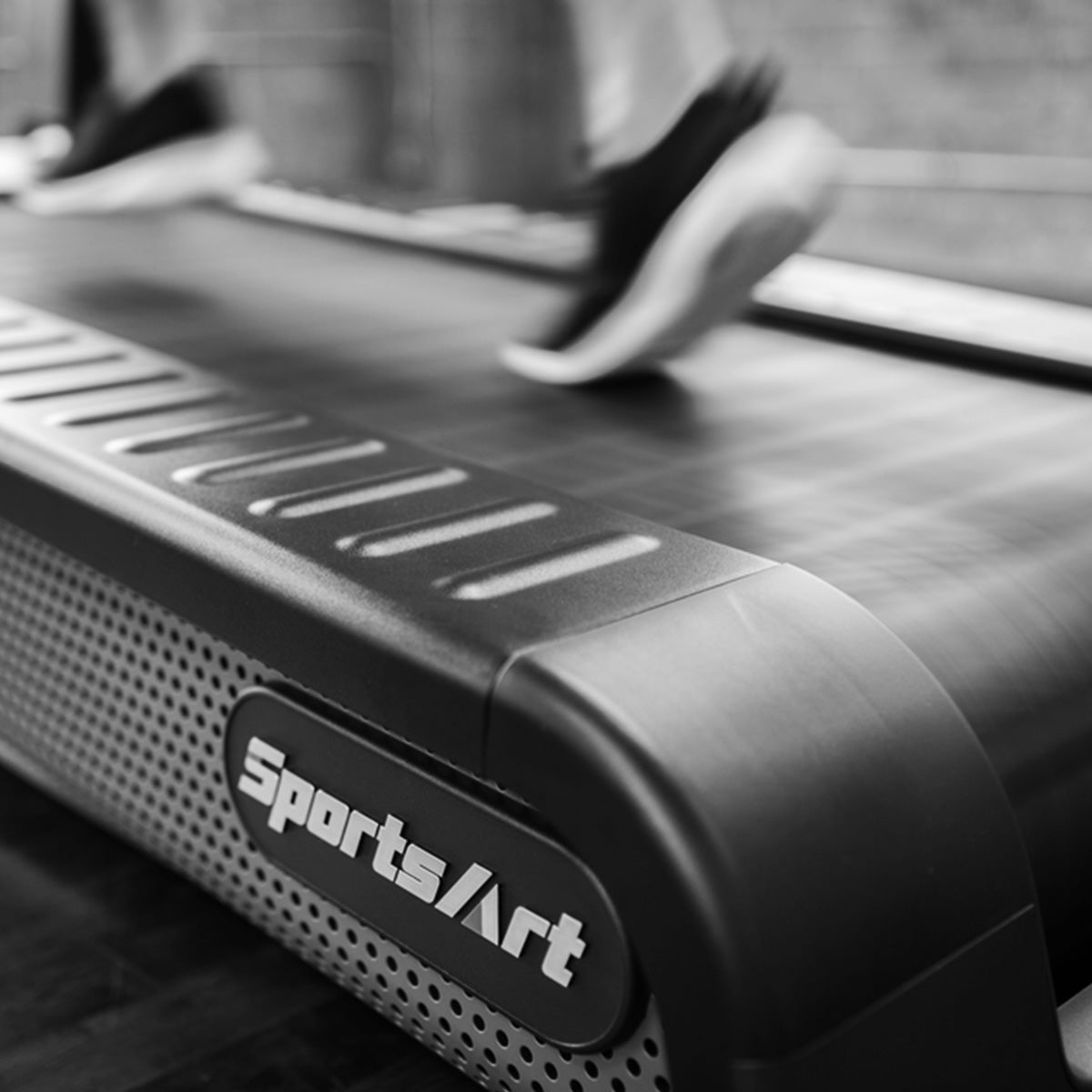
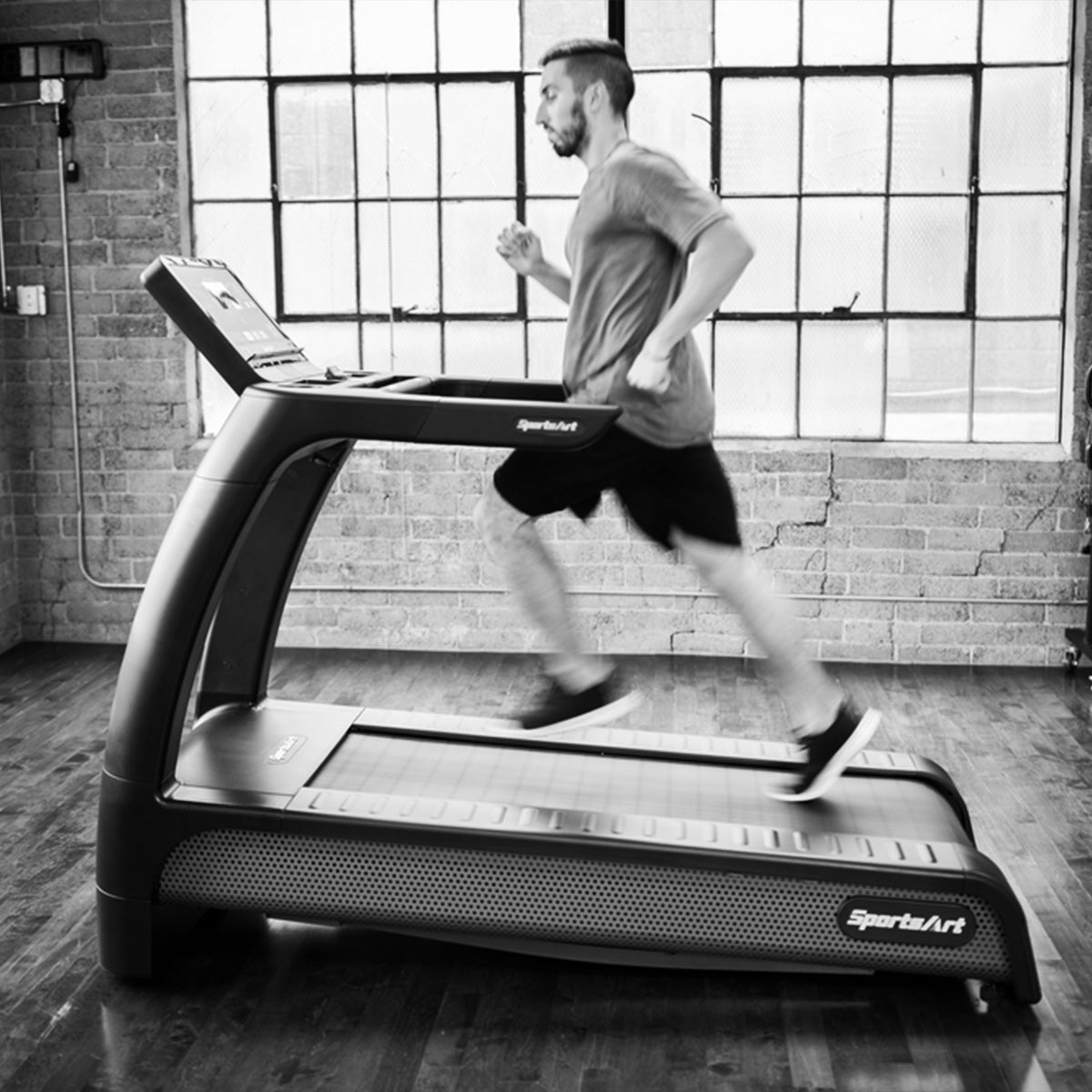
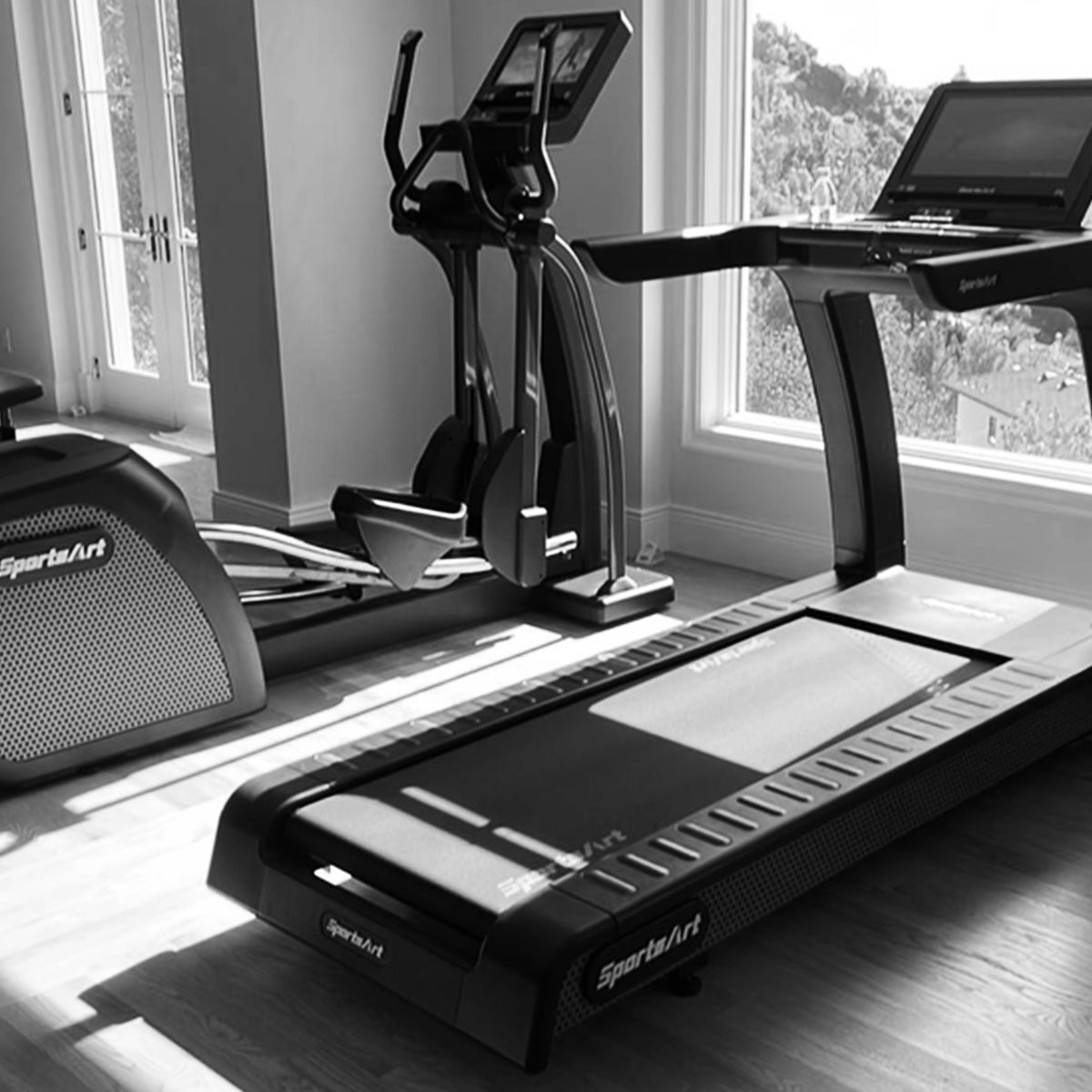
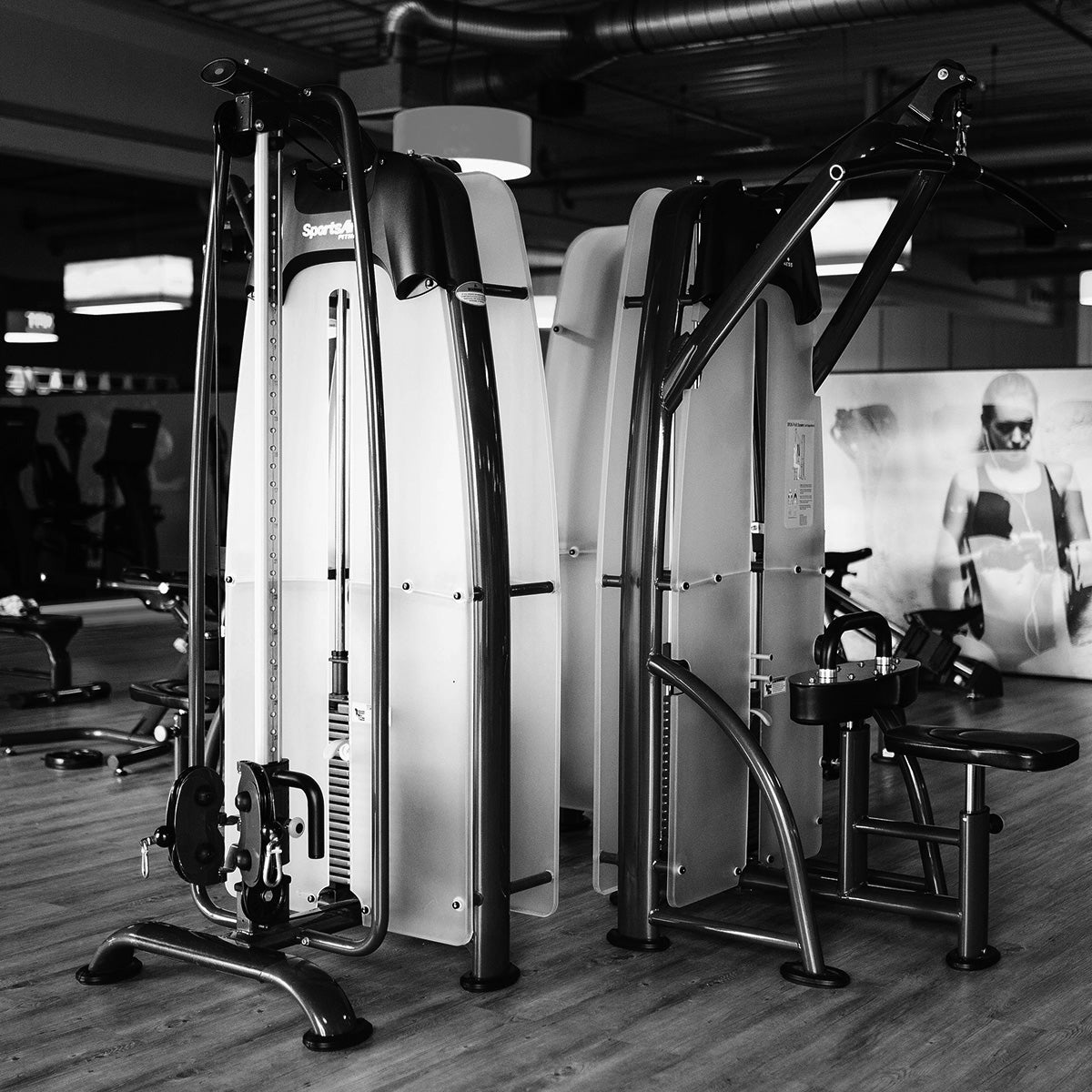
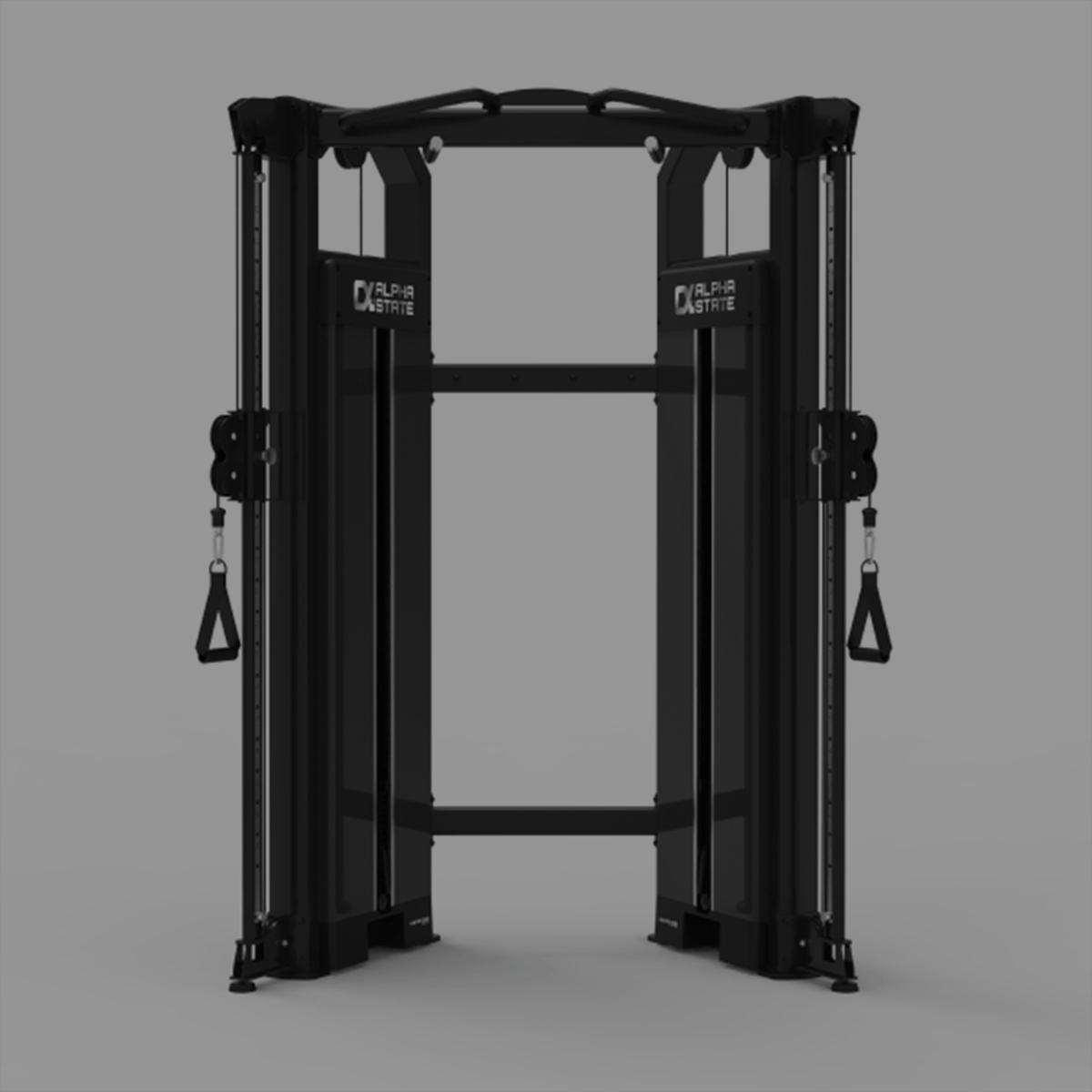
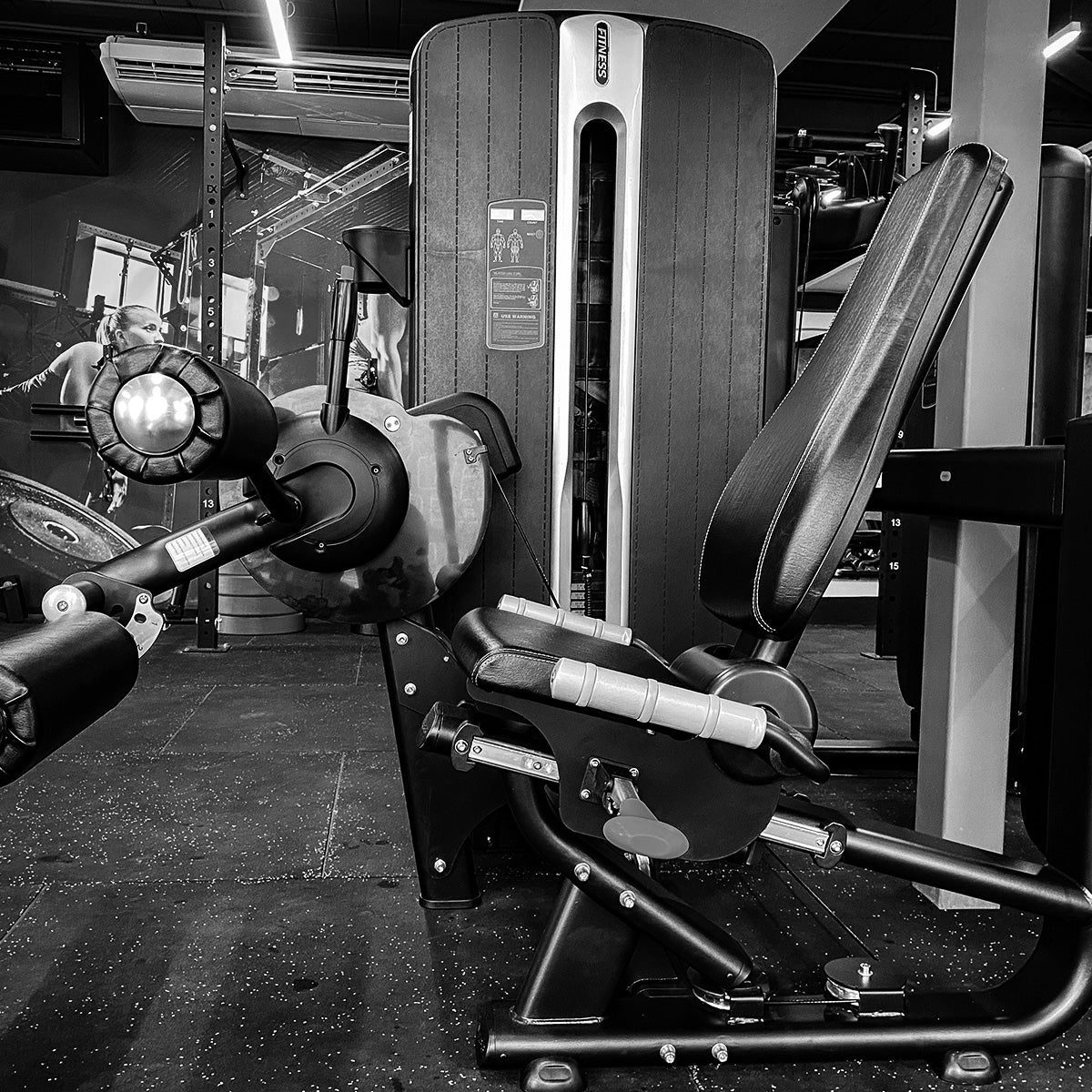
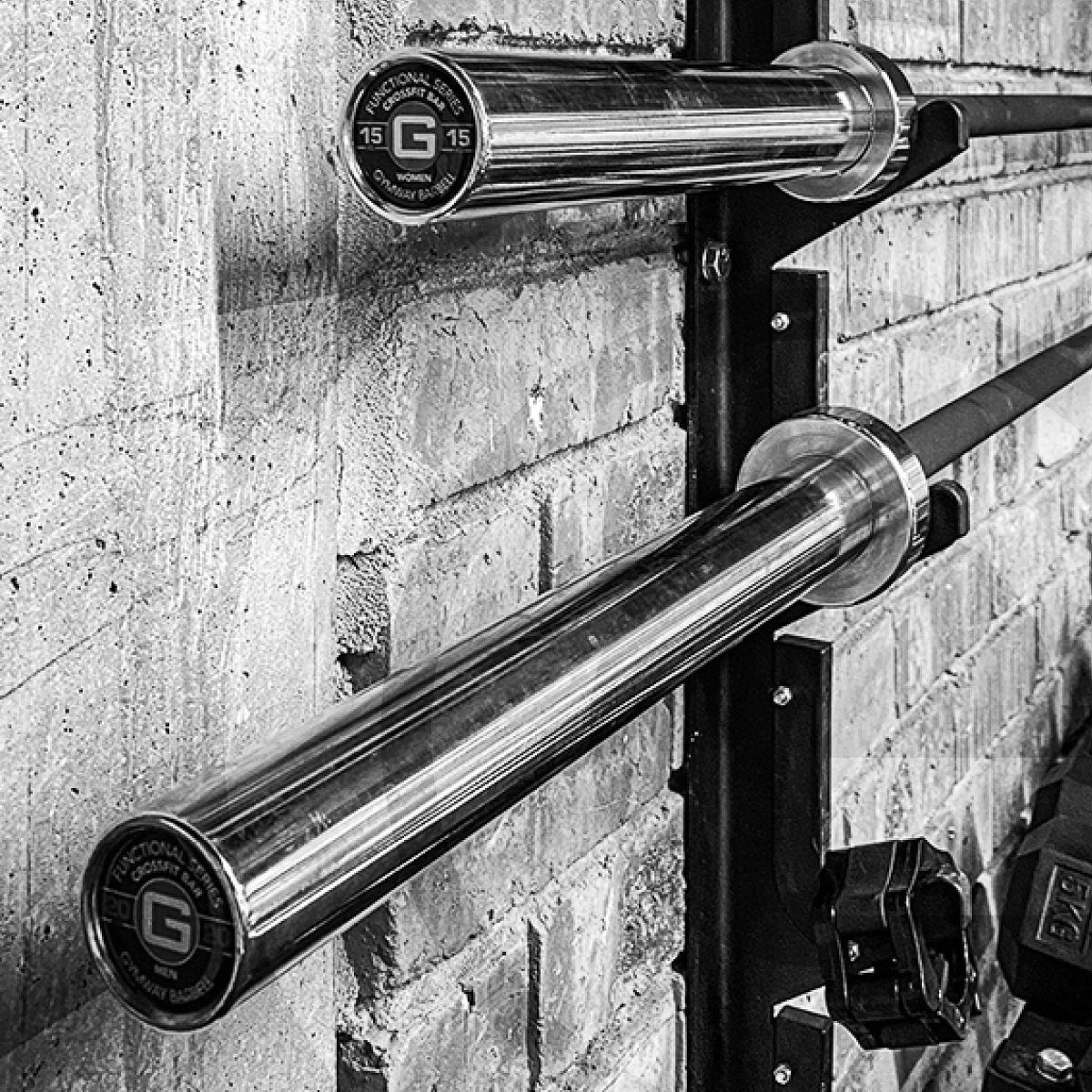
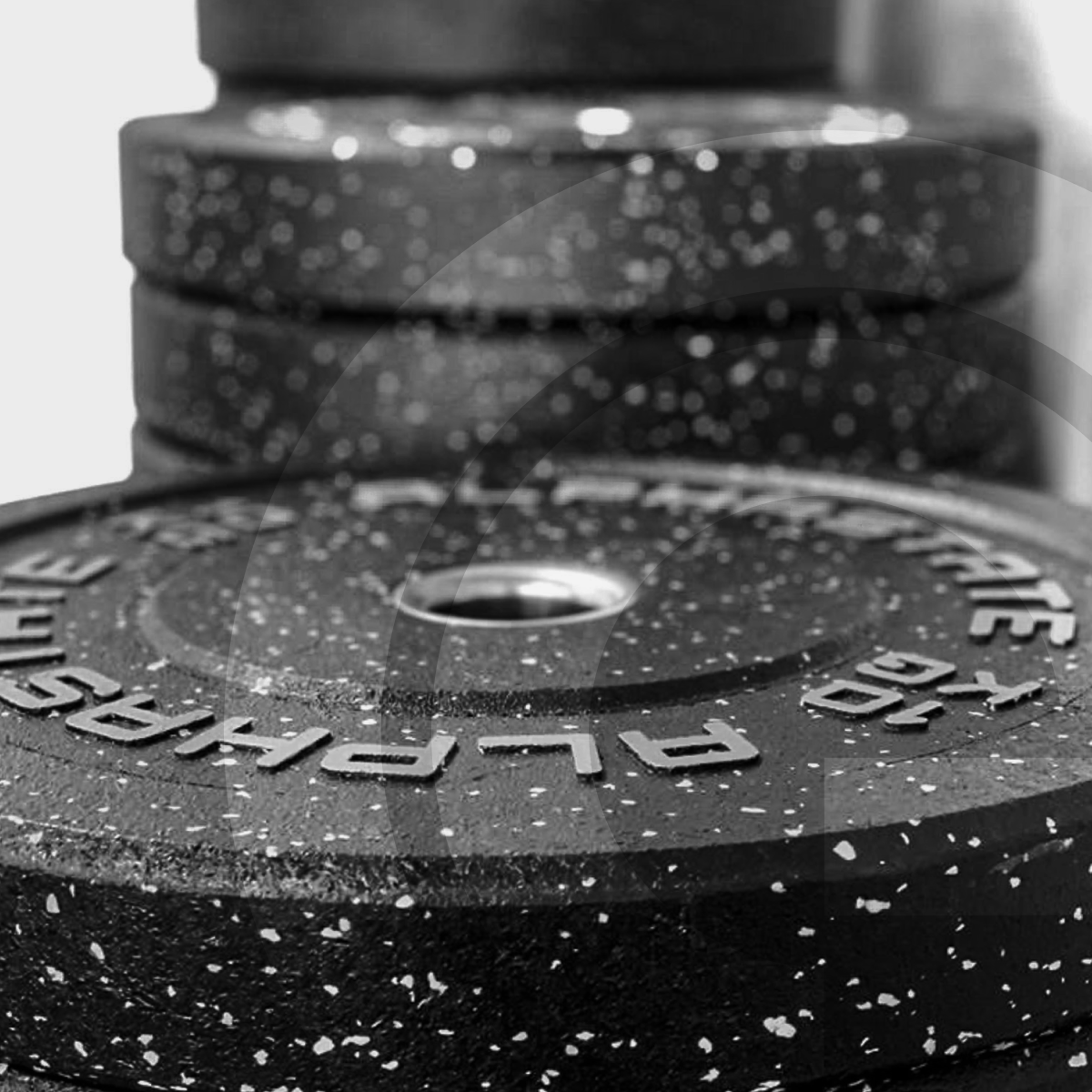
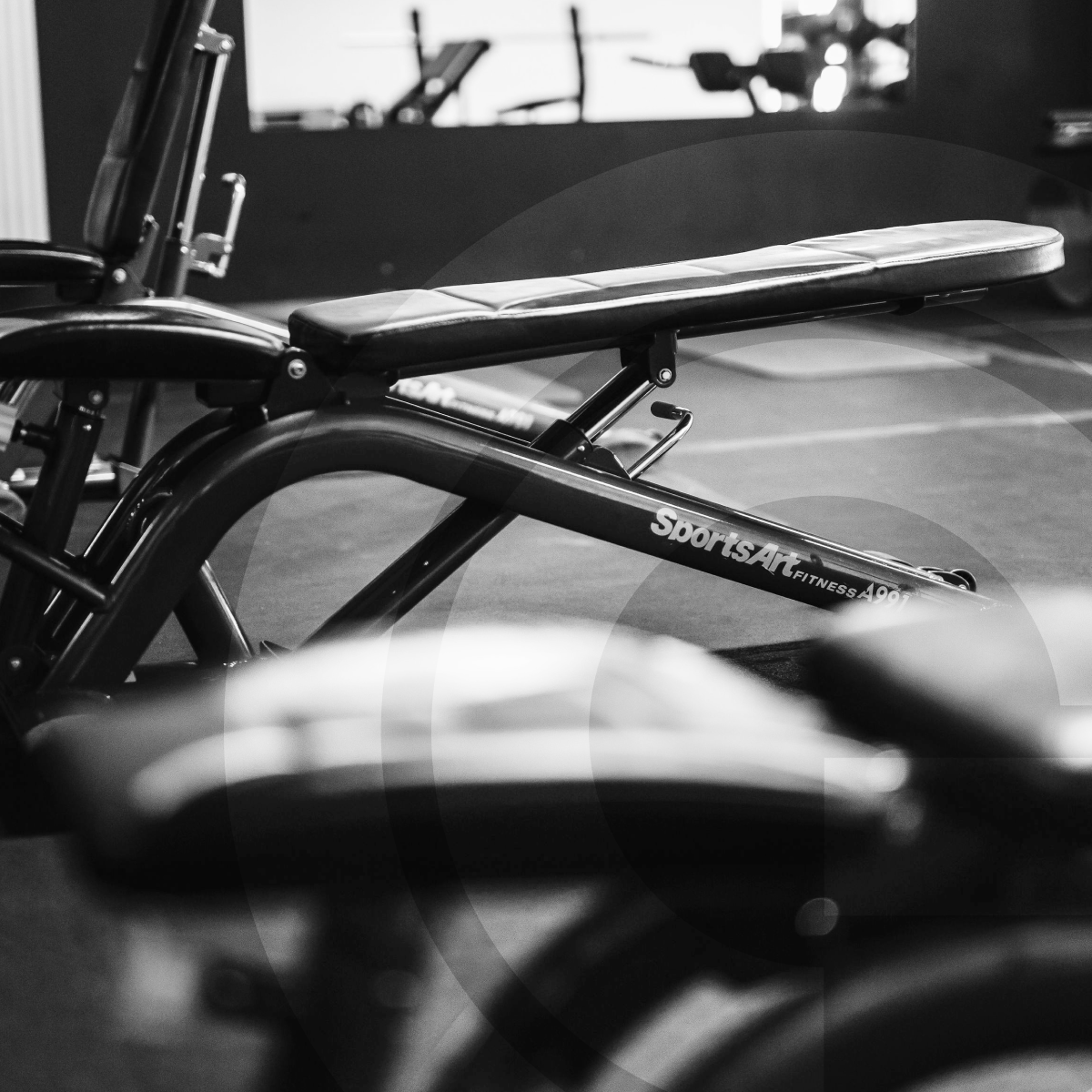
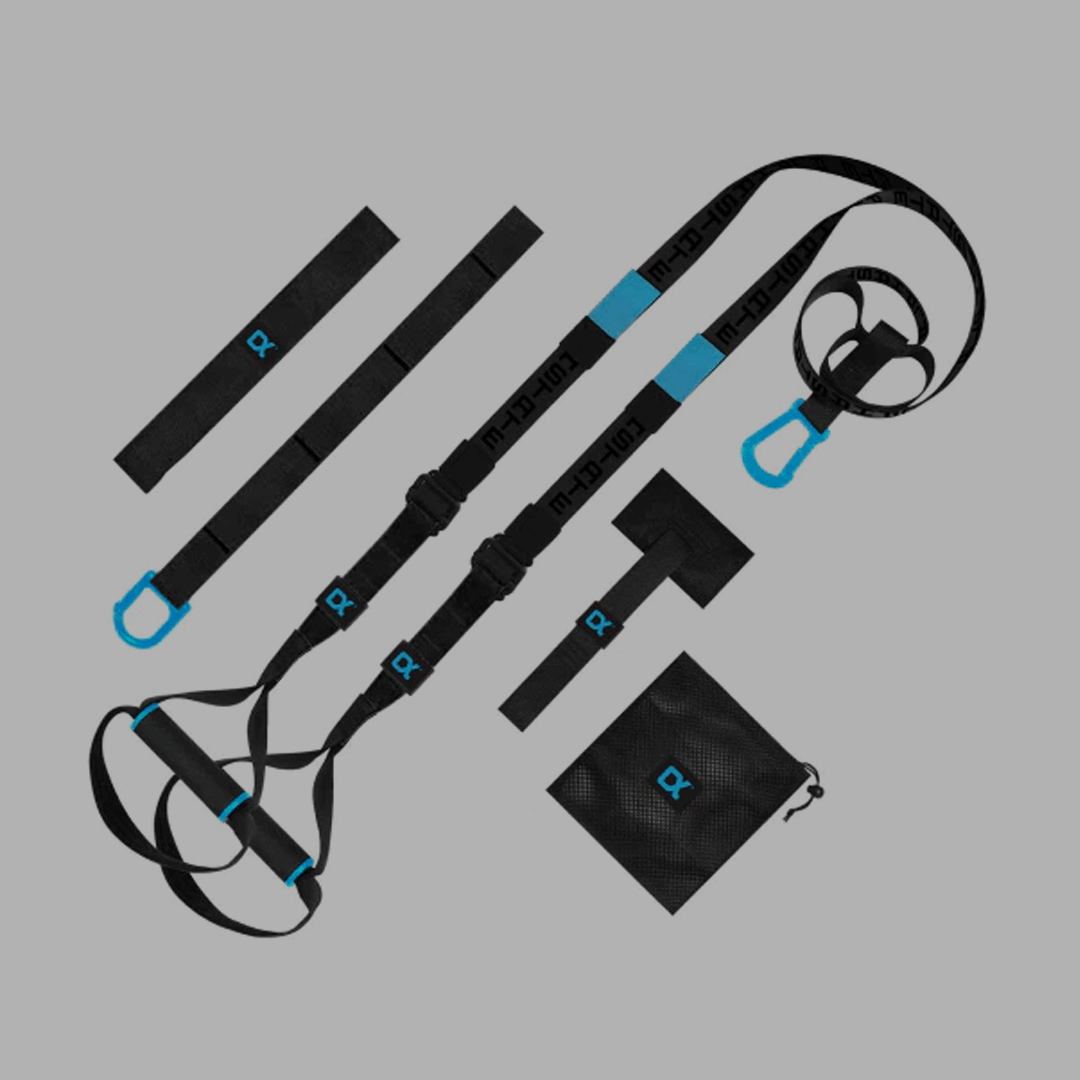
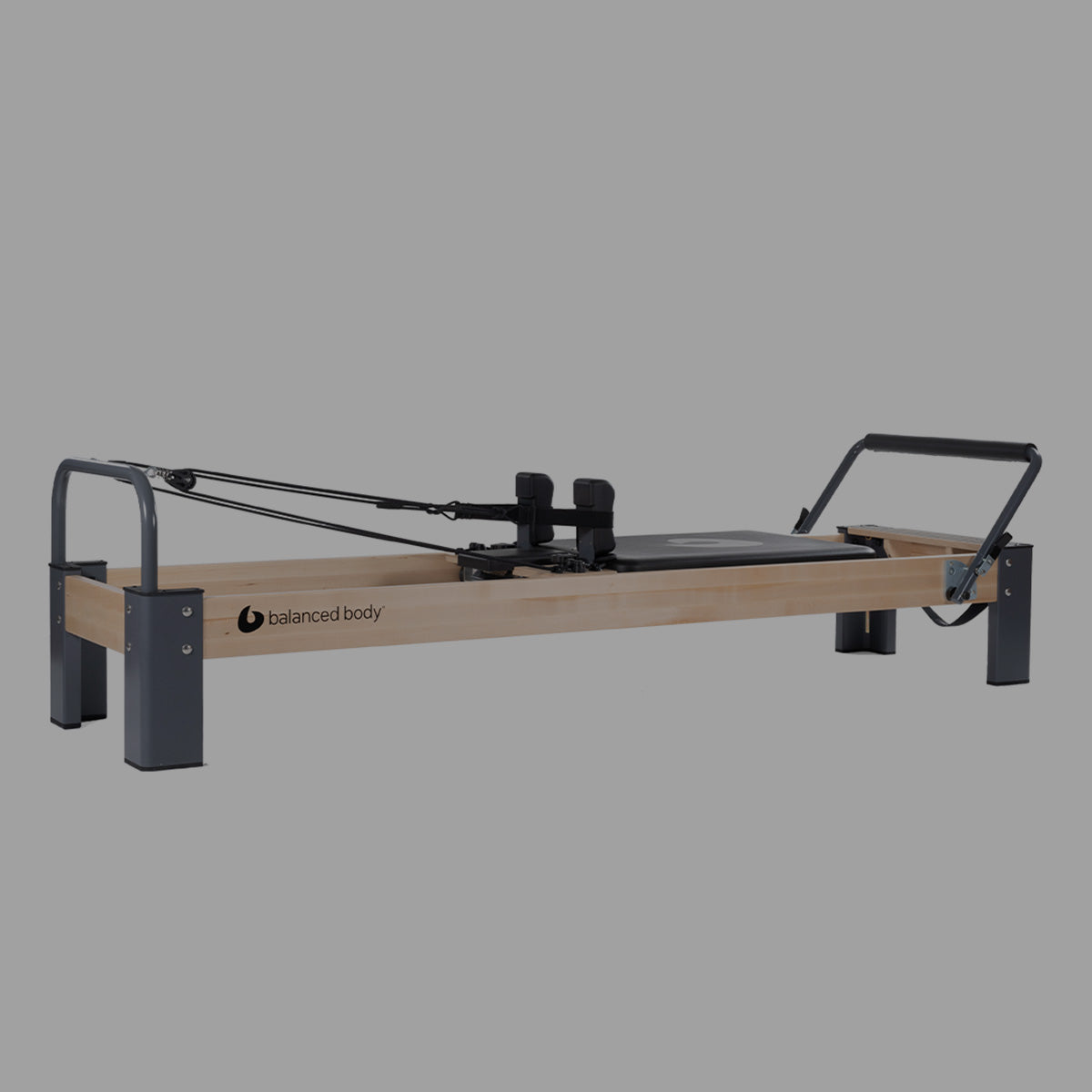
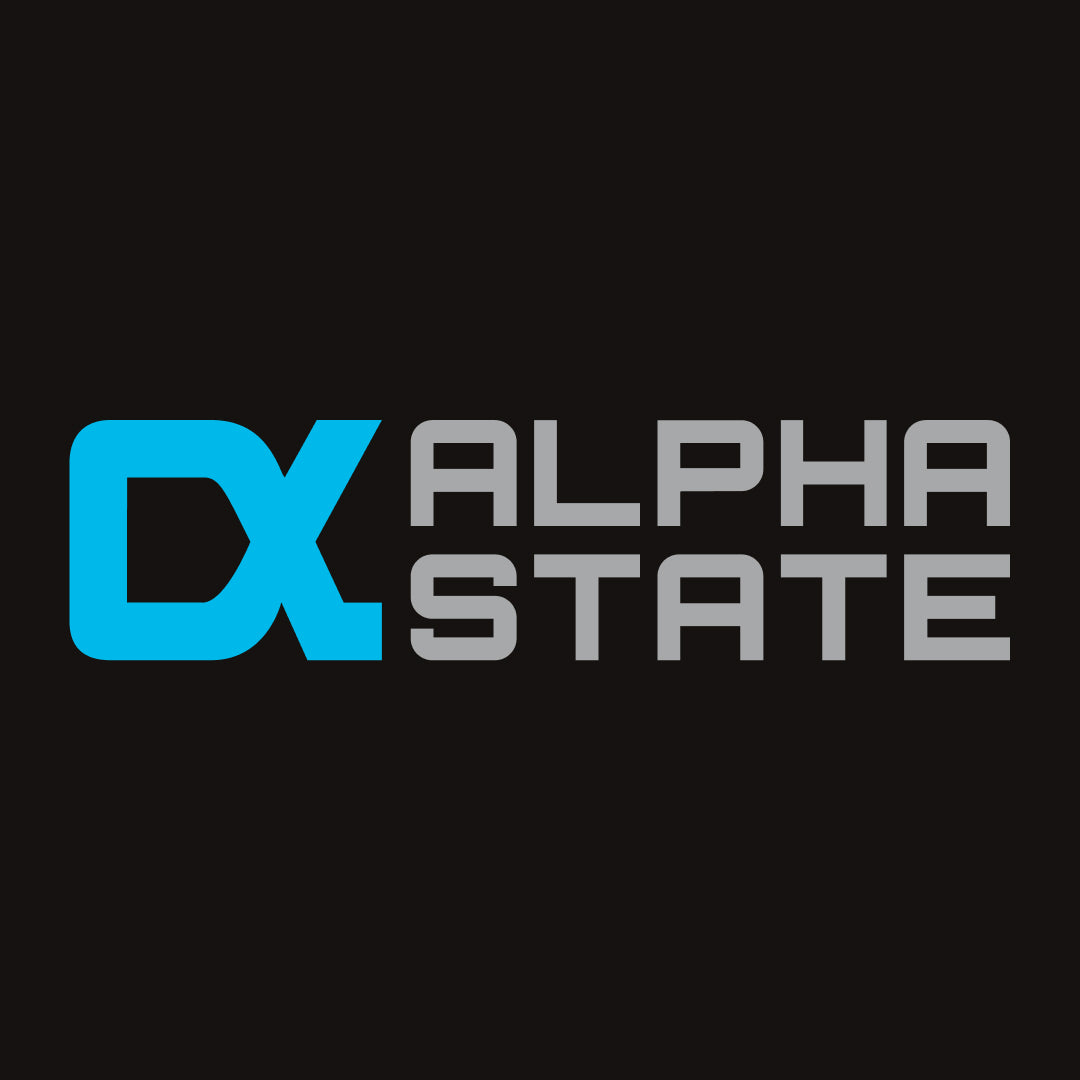


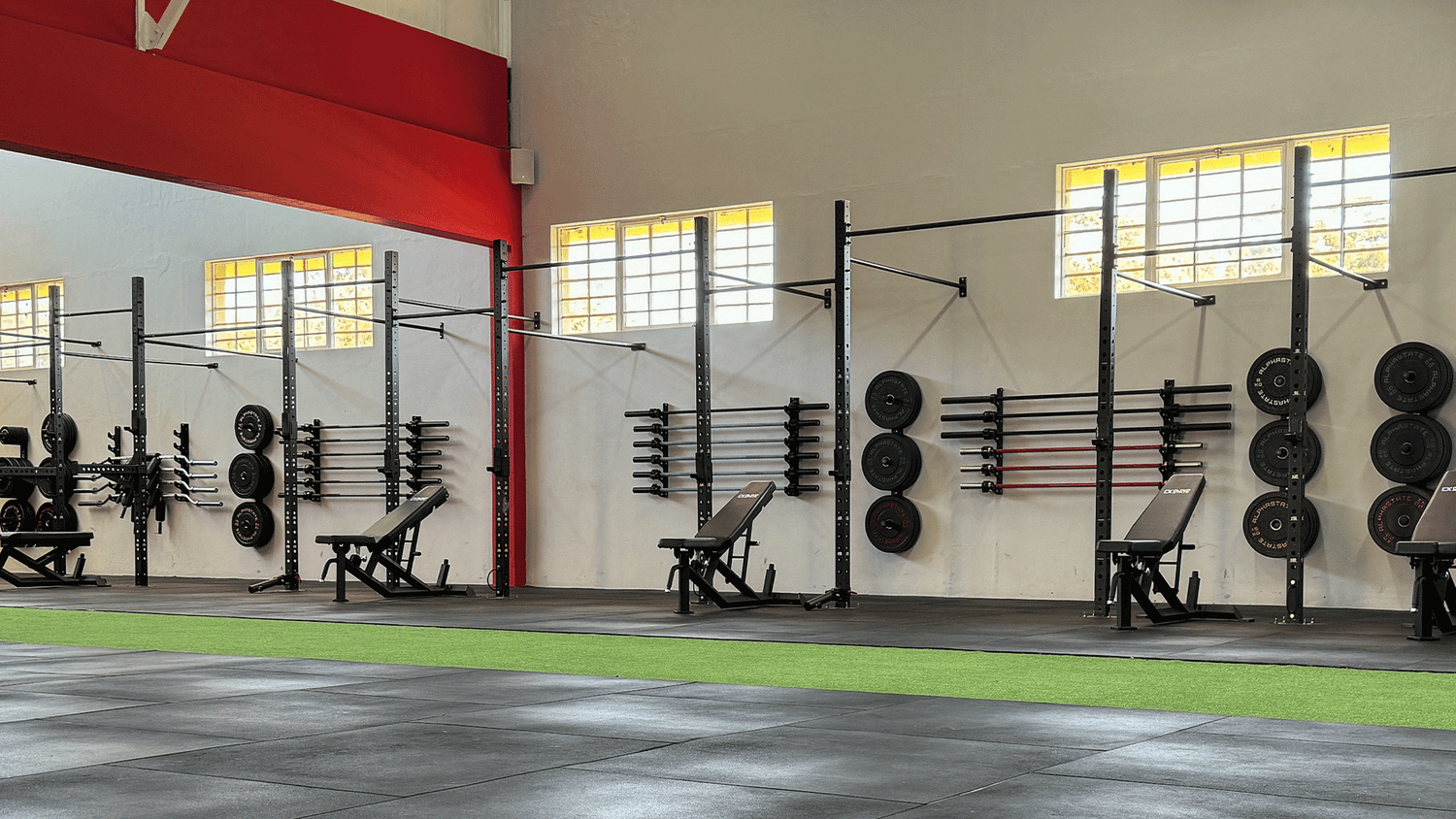
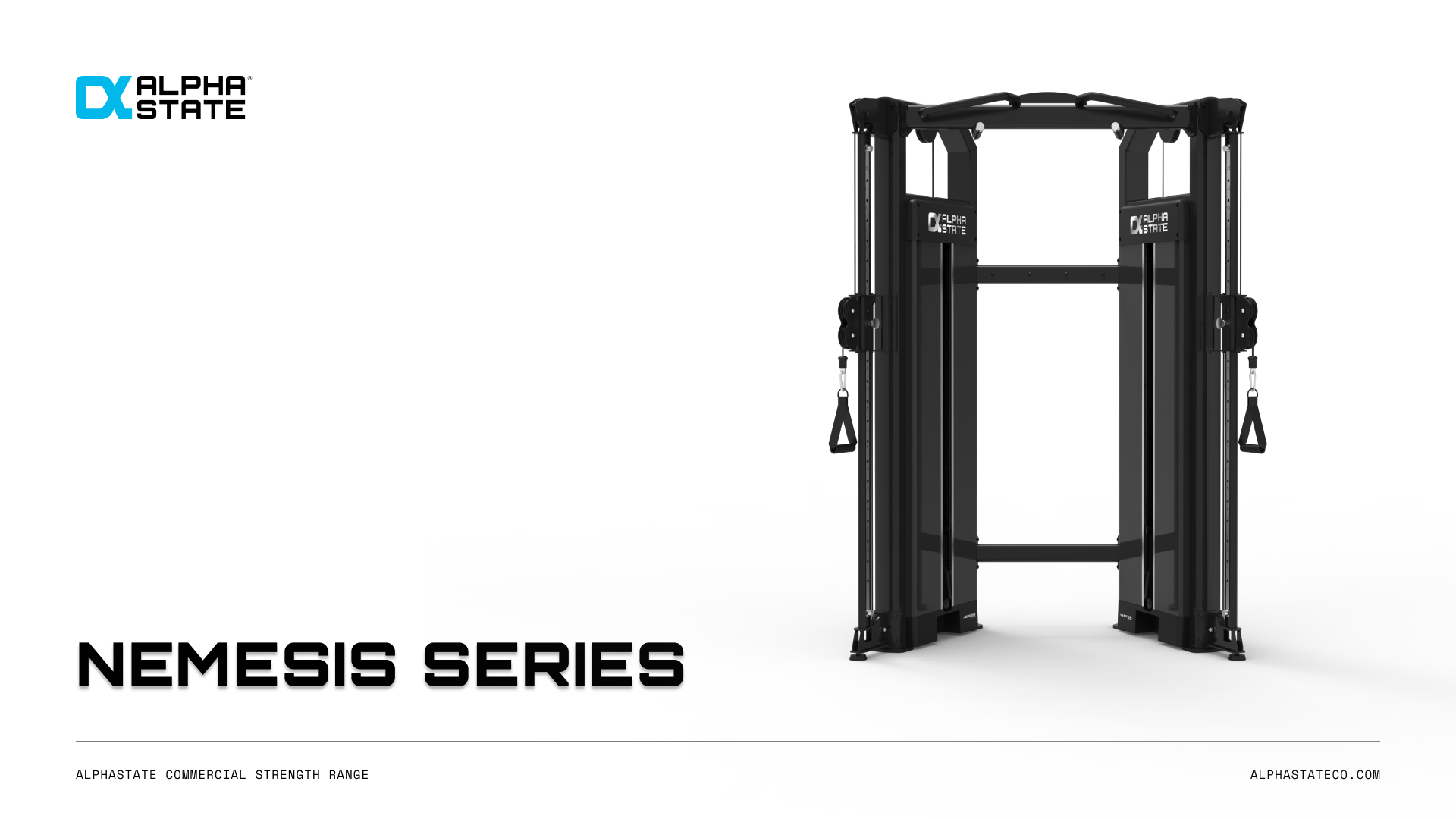

Leave a comment
This site is protected by hCaptcha and the hCaptcha Privacy Policy and Terms of Service apply.